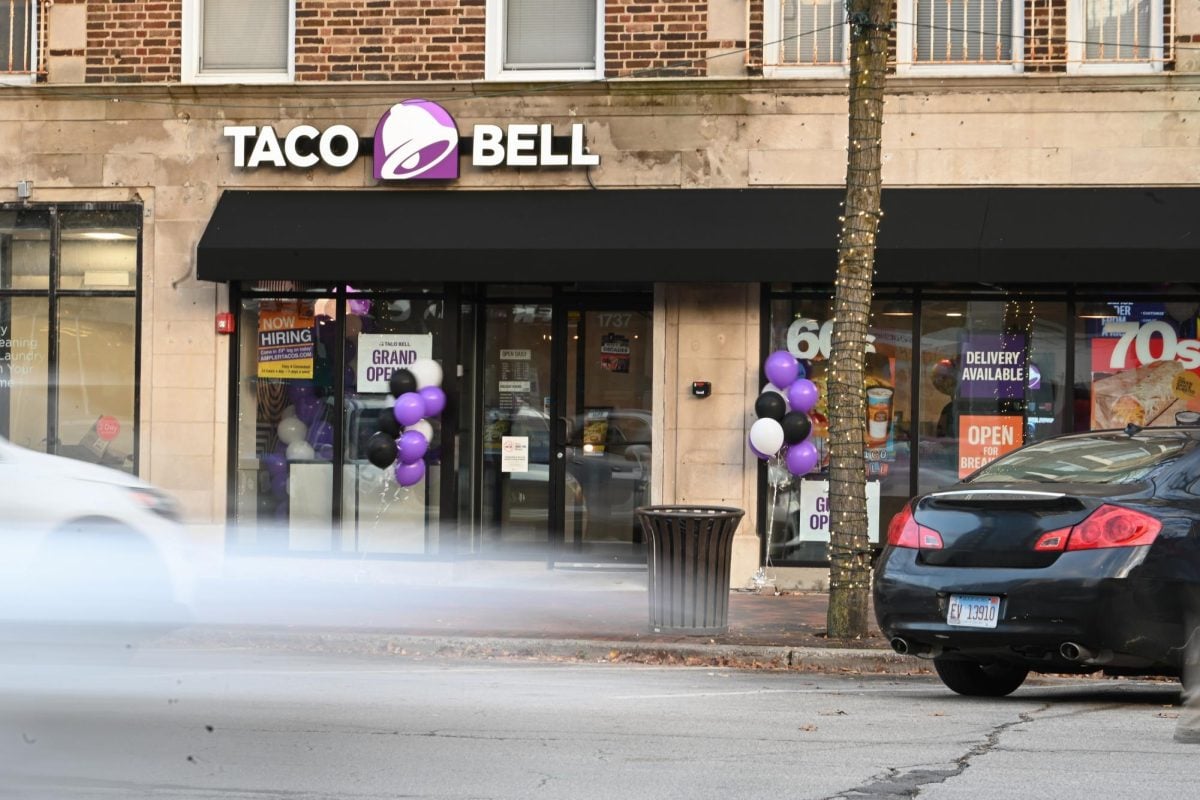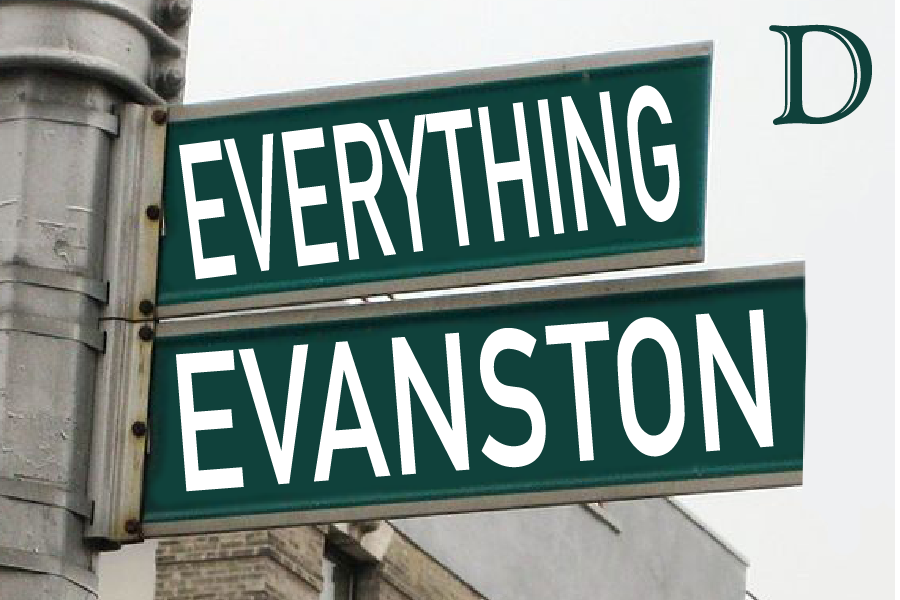Evanston officials hope to diminish public hesitation toward adopting electric vehicles by building three public charging stations by June.
“The city is looking for the charging stations as an amenity provided for the community and also for making Evanston a destination,” said Catherine Hurley, the city’s sustainable programs coordinator. “This project is just as much about a forward-thinking idea as it is fulfilling demand.”
Solar energy will power the stations, which are the result of collaboration between two companies, I-GO and 350Green. I-GO is a Chicago-based car sharing company that will provide electric vehicles to Evanston residents, and 350Green will own, operate, install and maintain the charging stations.
Each of the three Evanston charging stations will contain four ports for charging electric vehicles. Two spaces reserved for I-GO vehicles will use Level 2 chargers, which can power an electric vehicle in about two to six hours. At each station, 350Green will provide an additional Level 2 charger and Level 3 charger, which can power an electric vehicle in about 30 minutes, 350Green regional manager Hali Sittig said.
Although initially residents expressed some uncertainty about constructing electric vehicle charging stations, the city has seen an uptick in demand for the stations, Hurley said.
“I’ve received a few calls from people who are on an electric vehicle waiting list who then ask about our plans for charging stations,” she said.
I-GO CEO Sharon Feigon said she has also seen a recent trend in people preferring other environmentally sustainable transportation options over driving automobiles. She pointed out that after an average of two years of I-GO membership, a large portion of customers decrease their overall use of automobile transportation.
“It’s not because they bought a car but because they’ve made a lifestyle change,” Feigon said. “There is almost a 50 percent increase in either biking or walking.”
By the end of the project, 350Green hopes to construct 280 chargers in the Chicago metropolitan area, including 207 Level 2 and 73 Level 3 chargers. Sittig said that would make Chicago the national leader in electric vehicle infrastructure.
Besides the large number of charging stations, this project has provisions for multiple innovative improvements in electric vehicle charging technology, Feigon said. Using solar canopies rather than drawing from the city’s electrical grid represents a new charging technology for both companies. When few people decide to charge vehicles, excess power from the canopies will be rerouted to the power grid, Sittig said. When cloudy weather blocks sun from the solar panels, the power grid will provide energy to the charging stations.
“A lot of it is this chicken-and-the-egg scenario,” Sittig said of the demand for electric vehicle charging stations. “We definitely feel like if you build it, they will come.”












